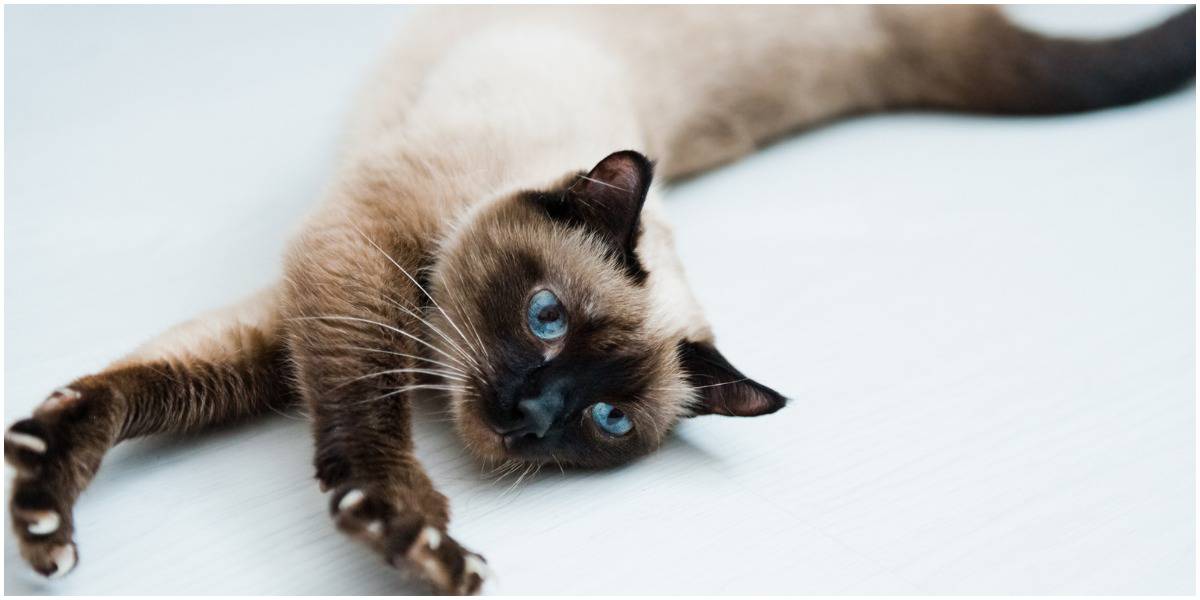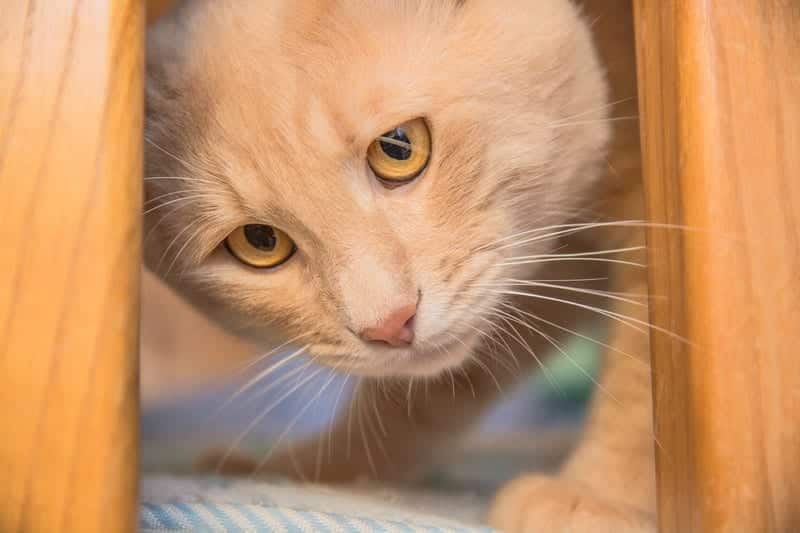Your cat’s claws serve many purposes. And when their claws are taken from them, they can suffer in many ways. A few states in the US have banned declawing, but there are many states where this practice is still legal. Some people argue that more cats will be euthanized if declawing is not permitted. But, obviously, it goes without saying that unwanted litters are the number one reason why cats are euthanized each year. I personally feel that you should never declaw your cat, and I know that I am not alone when I say this. If you know the truth about declawing, the damage it can do to your cat’s mental state should be reason enough never to do it. To say that declawing is cruel is putting it lightly.
Here are Five Reasons Why You Should Never Declaw Your Cat
Scratching is completely natural and necessary for your cat’s well-being
Your cat scratches for many reasons as I mentioned above. They can do so to visually mark their territory, along with marking it with their scent. Your cat can even scratch on surfaces heavily marked with your scent as a way of proving their affection for you.
Unlike their big cat cousins, domesticated cats all have retractable claws. These claws are a necessary part of their instinct for survival and a way in which they communicate with the world. Especially to other cats. Another way in which they use their claws is when they are excited or when they are stretching. Your cat will also flex those kitty claws as a way to relieve stress and even remove worn sheaths from their nails.
Declawing can mentally scar your cat
ASPCA.org shares that declawing medically referred to as onychectomy, “is the amputation of the last digital bone, including the nail bed and claw, on each front toe. If the surgery is performed correctly and the entire nail bed is removed, the claw cannot regrow.”
When a cat gets declawed it’s not just like they’re getting a super deluxe manicure. They are literally having pieces of their body removed. If performed on a human being, it would be like cutting off each finger at the last knuckle. There is also a procedure known as a tendonectomy which is sometimes performed, in which the tendon that controls each toe is severed. This procedure is associated with a high incidence of abnormally thick claw growth. Worst of all, declawing might be necessary later on due to complications involved with tendonectomy.
For cats who are declawed as an adult, it has been revealed that this is often an emotionally traumatic experience from which some cats never fully recover from. However, it has been deemed necessary to have a cat’s claws removed for a limited number of reasons. These reasons include damage to the nail, a tumor, or irreversible trauma.
Cats that have been declawed are prone to behavior issues
I’ve heard this first-hand several times that cats who have been declawed are at much higher risk of developing behavior issues, such as aggression toward people or other pets in the home. The Journal of Feline Medicine and Surgery has directly linked behavior issues related to cats that have been declawed.
A study performed in the United States collected the following data:
For the study, the author group, based in North America, investigated a total of 137 non-declawed cats and 137 declawed cats, of which 33 were declawed on all four feet. All 274 cats were physically examined for signs of pain and barbering (excessive licking or chewing of fur) and their medical history was reviewed for unwanted behaviors. They found that inappropriate toileting, biting, aggression, and overgrooming occurred significantly more often in the declawed cats than the non-declawed cats (roughly 7, 4, 3, and 3 times more often, respectively, based on the calculated odds ratio). A declawed cat was also almost 3 times more likely to be diagnosed with back pain than a non-declawed cat (potentially due to shortening of the declawed limb and altered gait, and/or chronic pain at the site of the surgery causing compensatory weight shift to the pelvic limbs).
Your cat is defenseless should they ever get lost outdoors
Cats need their claws to defend themselves from larger predators in the wild. And although exclusively indoor cats are not at risk of coming in contact with larger predators, there is always the possibility that your cat can go missing. Should an indoor cat that has been declawed get lost outside, they have virtually no way of fully protecting themself sans claws. Cats do not use their teeth to defend themselves as dogs would. They rely on their claws to protect themselves.
There are a number of health risks involved
Obviously, there are surgical concerns, such as complications with anesthesia. But there are other problems that can occur post-surgery as well. If a cat’s claws have not been removed properly, there can be a regrowth of improperly removed claws, nerve damage, and bone spurs.
According to a study featured on National Geographic, it is estimated that some form of complication—including pain, hemorrhaging, and claw regrowth—occurs in 25 to 50 percent of declaw surgeries. If you ask me, that alone is simply not worth the risk.
Final Thoughts
Please, don’t rob your kitty of their precious claws. Can you imagine being taken to a strange place and waking up to find that your fingers have been mutilated from the knuckle down? Imagine for a second how that must feel to your cat who is frightened and confused.
There are a number of ways to deter your cat from scratching on things in your home not intended for scratching. Please, whatever you do, I beg you to consider that before having your cat’s claws surgically removed.









